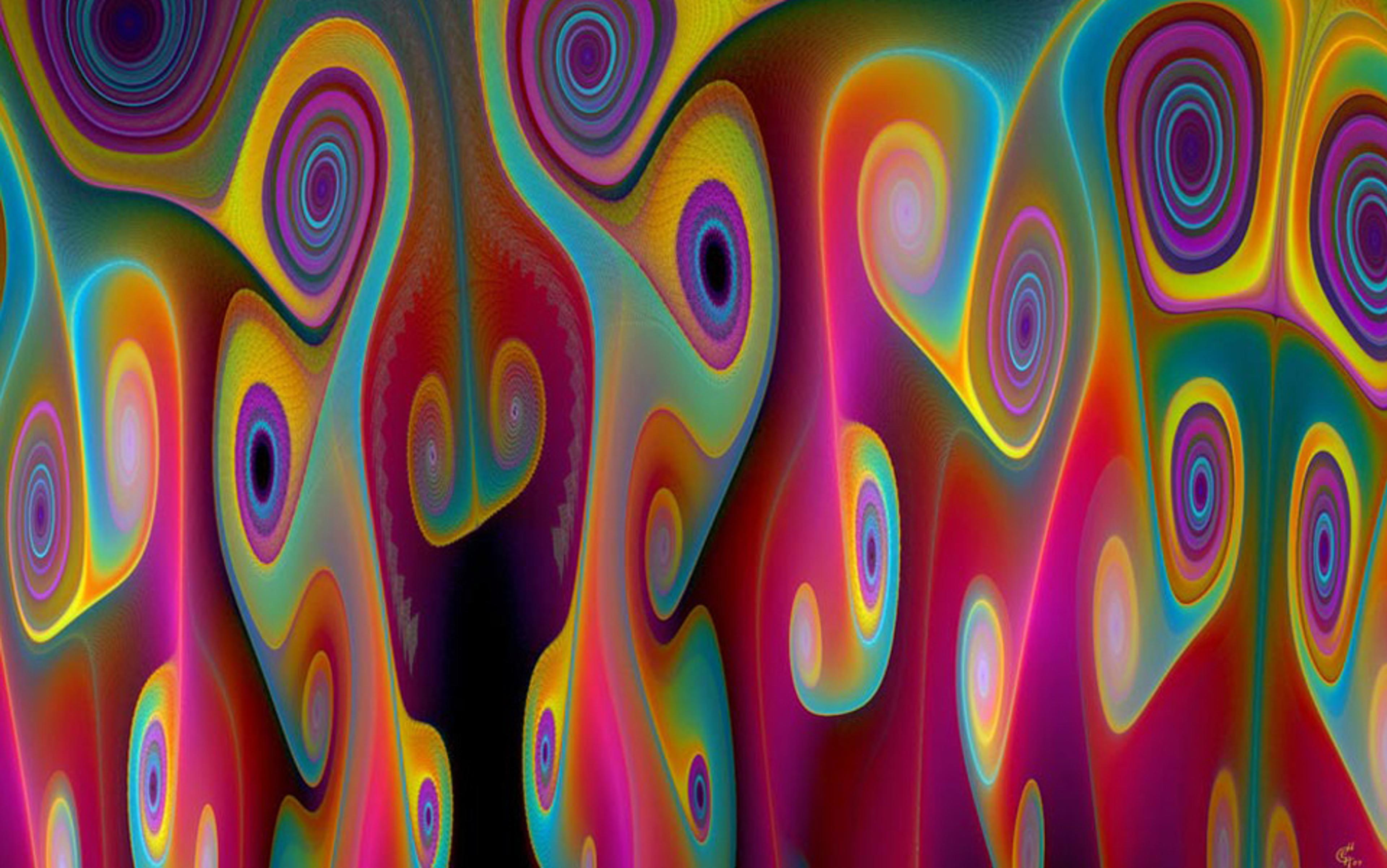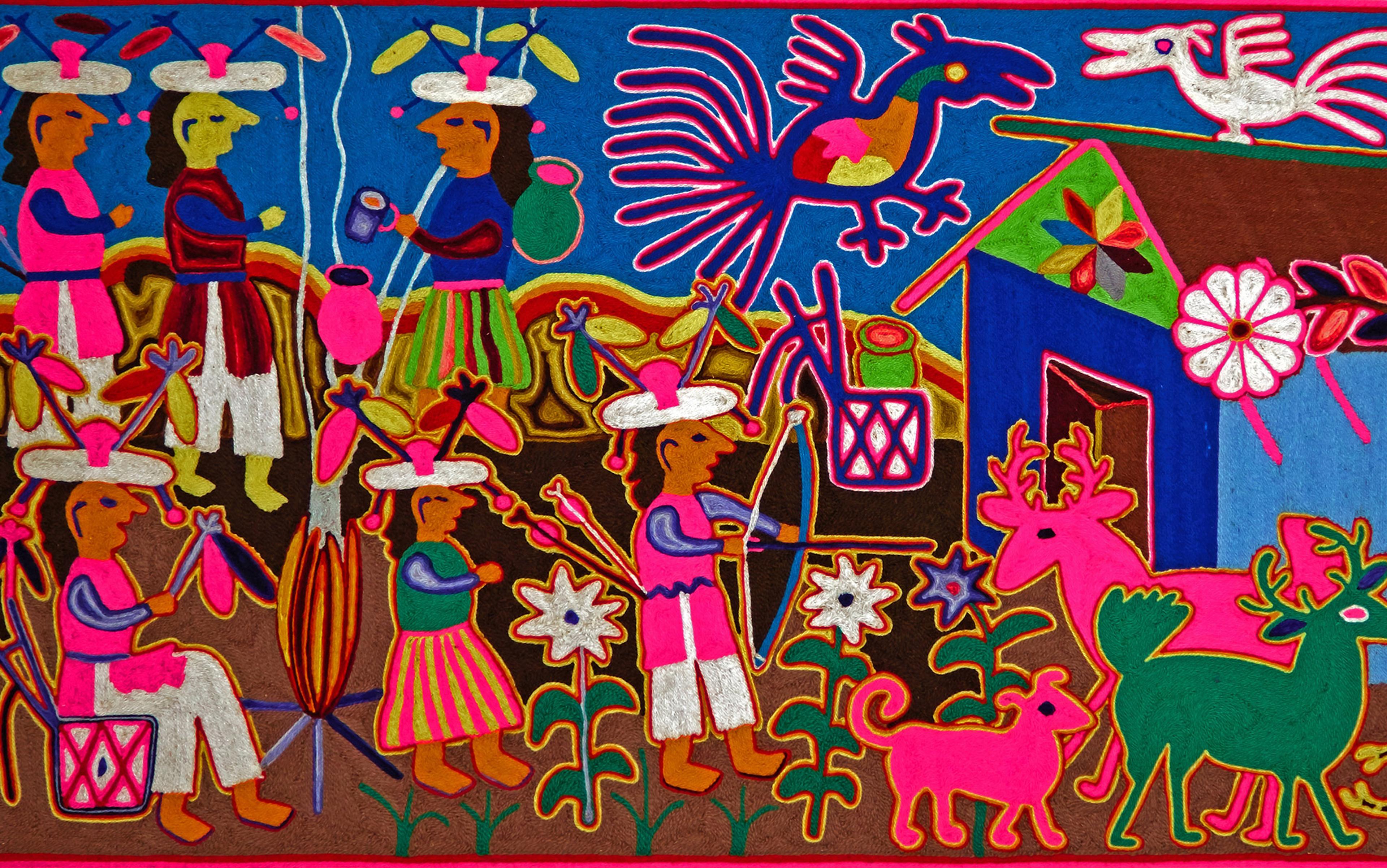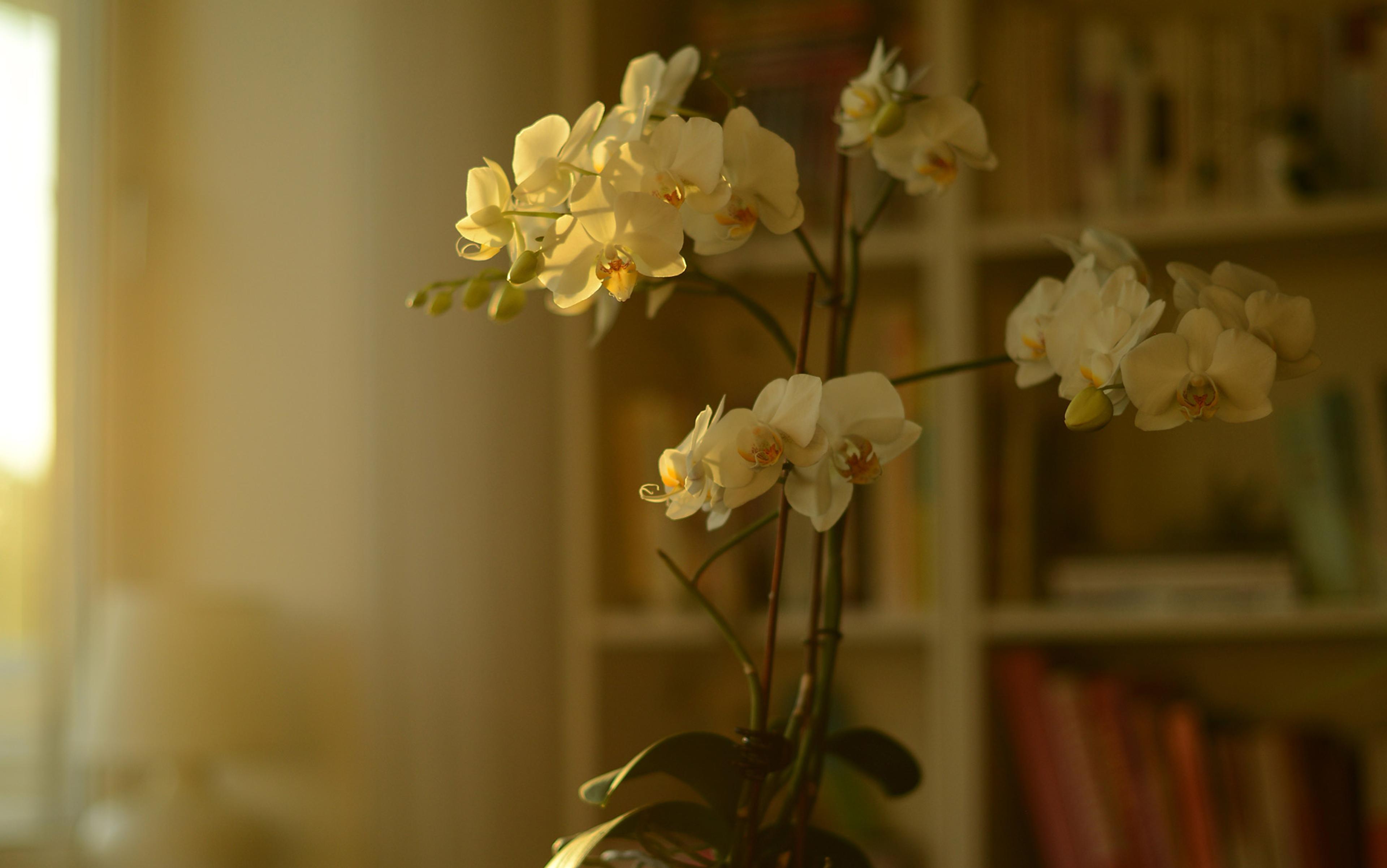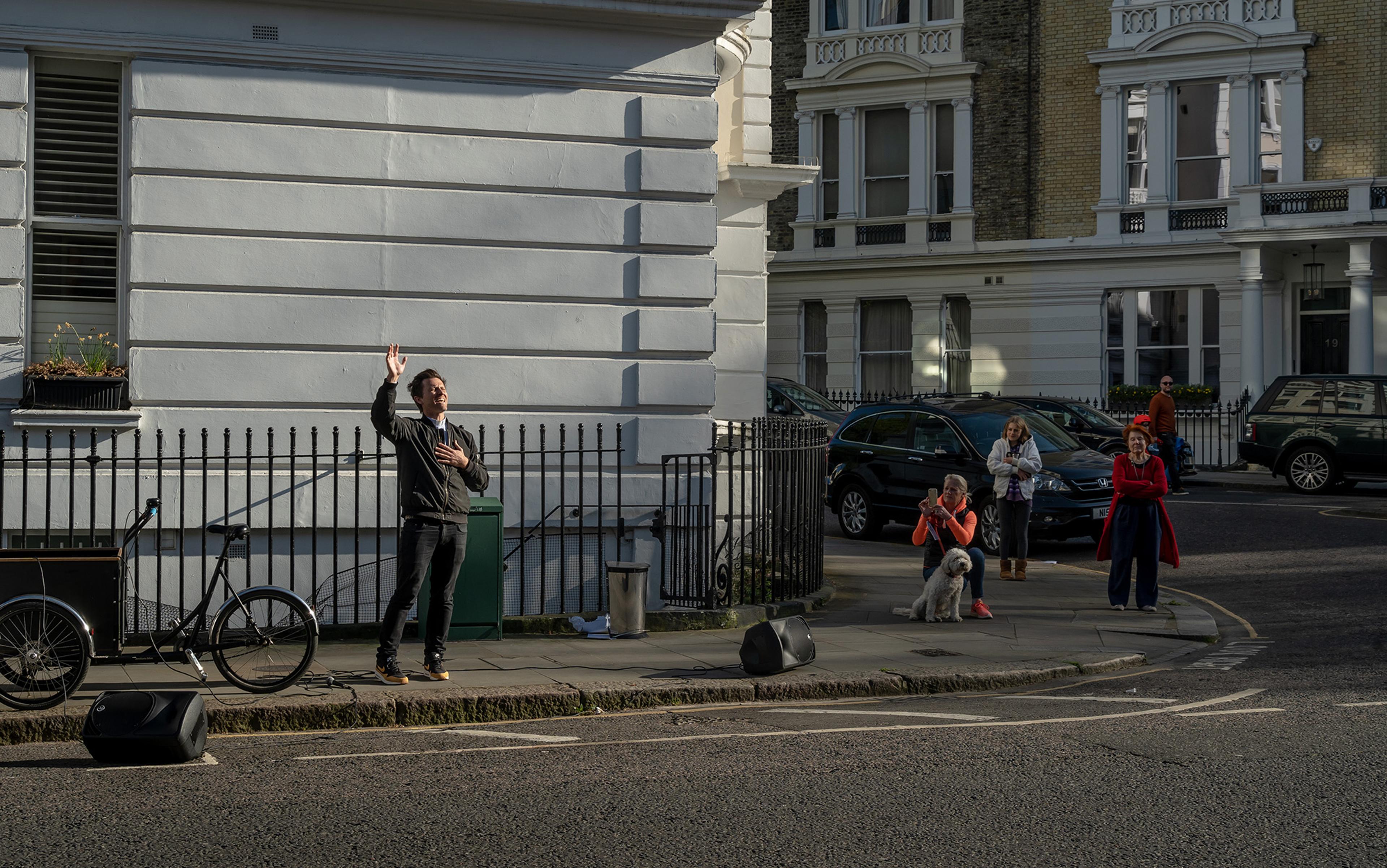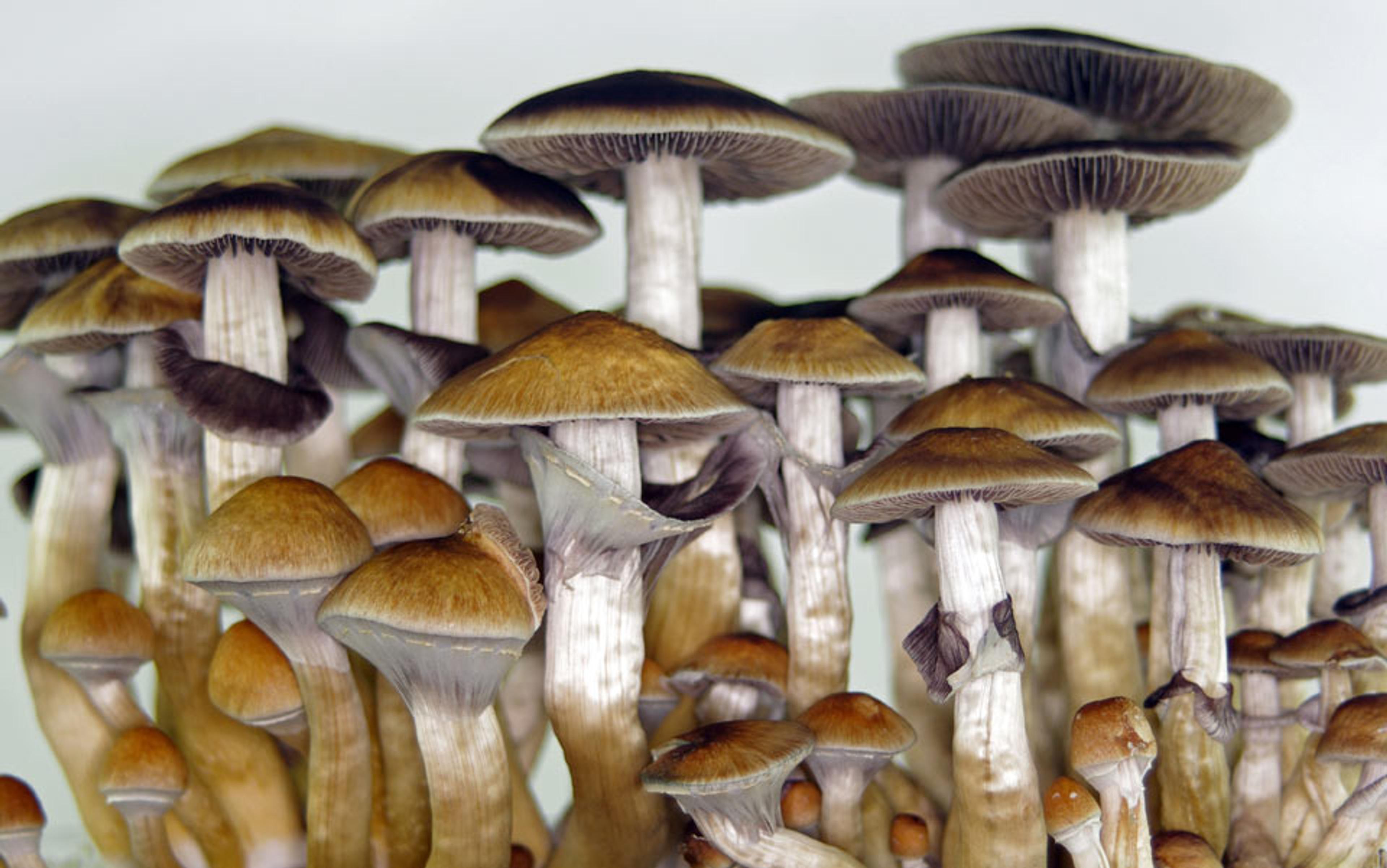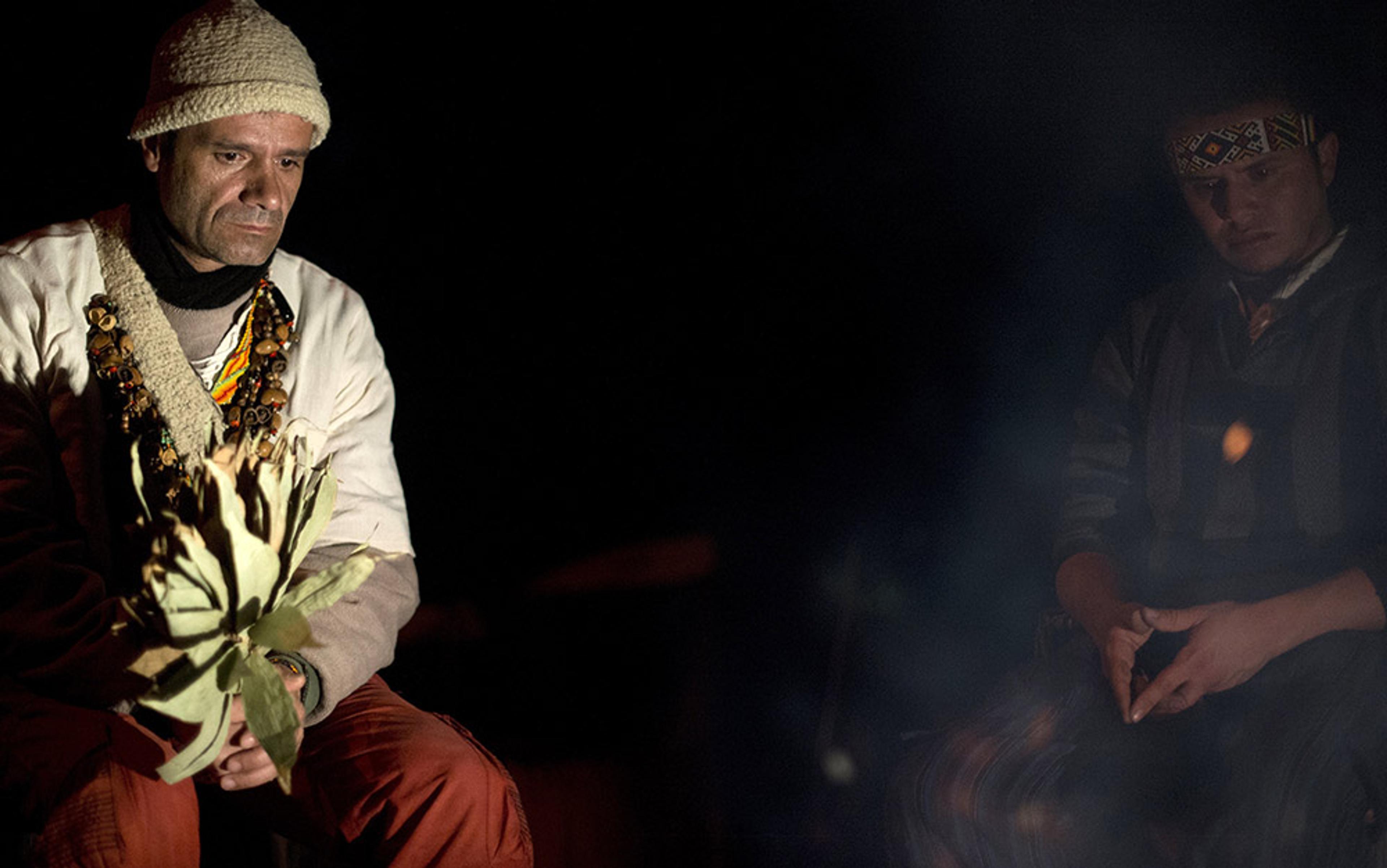In case you hadn’t noticed, we’re in the middle of a psychedelic renaissance. Research into the healing potential of psychedelics has re-started at prestigious universities such as Johns Hopkins in Baltimore and Imperial College London, and is making rock stars out of the scientists carrying it out. Their findings are being reported with joy and exultation by mainstream media – on CNN, the BBC, even the Daily Mail. Respectable publishers such as Penguin are behind psychedelics bestsellers such as Michael Pollan’s book How To Change Your Mind (2018), which was reviewed enthusiastically across the political spectrum. Silicon Valley billionaires are putting their blockchain millions into funding psychedelics research, and corporates are preparing for a juicy new market. The counterculture has gone mainstream. Turn on, tune in, sell out.
The renaissance involves the resurrection of many ideas from the first ‘summer of love’ in 1967, in particular, the mystical theory of psychedelics. This idea was introduced by Aldous Huxley in his classic The Doors of Perception (1954). Having studied mystical experiences for more than a decade without really having one, Huxley took mescaline, and felt that he’d finally been let in to the mystics’ club. Other 1960s gurus such as Alan Watts, Ram Dass and Huston Smith were also convinced that psychedelics led to genuine mystical experiences, and would be a catalyst for Western culture’s spiritual awakening.
The mystical theory of psychedelics has five key tenets. The first is that psychedelics lead to a mystical experience of unitive, non-dual consciousness, in which all is one, you are united with It, God, the Tao, Brahman, etc. This experience is timeless, ineffable, joyful and noetic (you know that it is true).
Second, that the psychedelic experience is the same as the experience of mystics, found in all religions. Different religions use different terms for ultimate reality, but all mystics are really having the same non-dual experience. This is the theory of the ‘perennial philosophy’, promoted by Huxley and other perennialists. It’s known in religious studies as the ‘universal core of religious experience’ theory.
Third, that the mystical experience previously occurred mainly to ascetics such as St Teresa of Ávila, and was somewhat rare and unpredictable, therefore scientists dismissed it as ‘ego-regression’, ‘psychosis’ and so forth. But now psychedelics have revealed a predictable and replicable route to mystical experiences, so scientists can study them in the lab. They can measure them using brain-scans, or questionnaires such as the Hood Mysticism Scale, developed by the American psychologist Ralph Hood, which measures to what extent a person’s experience maps onto the ‘universal core’.
Fourth, that this scientific research will create an empirical spirituality or ‘neuro-theology’. It will prove, or at least make more credible, the transcendent insights of the mystics.
And finally, that this will change the world. Humanity will join a new scientific religion of mystical experience, beyond differences of language, nation, culture, religion, class, gender or ethnicity. We will all become liberal environmental progressives. We will all overcome our fear of death. After four centuries of materialism, Western culture will be re-enchanted, but in a predictable, rational and replicable way. Homo sapiens will be upgraded.
These ecstatic ideas are back with a vengeance. The present psychedelic renaissance was started in 2006 by the Johns Hopkins’ psychedelic lab, with a paper called ‘Psilocybin Can Occasion Mystical-Type Experiences Having Substantial and Sustained Personal Meaning and Spiritual Significance’. This paper repeated the claim of Huxley et al that psychedelics (in this case, psilocybin or magic mushrooms) reliably lead to a unitive mystical experience which ‘may be foundational to the world’s ethical and moral systems’. It measured the depth of people’s mystical experiences using the Hood Mysticism Scale. Subsequent Johns Hopkins studies found that the stronger the mystical experience induced by psilocybin, the more people were freed from addiction, depression, even the fear of death.
The millenarian hope bubbling below the cool, detached surface of the psychedelic renaissance is apparent if you read Sacred Knowledge: Psychedelics and Religious Experience (2015) by William Richards, a psychologist at the Johns Hopkins psychedelic lab. The book climaxes in an epilogue of propositions that include: ‘In case you had any doubts, God (or whatever your favourite noun for ultimate reality may be) is’; ‘Consciousness, whether we like it or not, appears to be indestructible’; and ‘The ultimate nature of matter and mind (if you take the mystics seriously) appears to be an ontological source or force of energy called love.’ It’s not clear if these propositions are scientific findings or ecstatic poetry.
I am a fan of the mystical theory of psychedelics. I have accepted it since I first read Huxley’s Doors of Perception as a mushroom-munching teenager. I have had mystical-type experiences on psychedelics that have been deeply important in my life (as well as some awful experiences). However, like all academics, I need to be able to hold my ideas to critical account, or otherwise stop pretending to be a researcher and leave the academy to start a religion (as Timothy Leary did in 1966 with the League for Spiritual Discovery, which used LSD as its holy sacrament). So, in the spirit of critical enquiry, I want to suggest that there are several problems with the mystical theory of psychedelics.
Firstly, there are problems with the perennial philosophy. It is not accurate to say that there is a ‘core mystical experience’ of unitive consciousness found at the esoteric heart of all religions. As Steven Katz, a professor of religion at Boston University and the editor of Comparative Mysticism: An Anthology (2013), has pointed out, many mystical traditions are dualist rather than unitive. Jewish, Muslim and Christian mystic writings tend to involve an individual’s ecstatic encounter with a spiritual entity (God, an angel, a demon, a saint or spirit), an encounter that can be terrifying. Shamanic cultures also frame mystical experiences in more local and less universal terms – not a dissolution into transcendental Mind-at-Large, but a local encounter with a local spirit.
Perennialists tend to rank religions and mystical experiences hierarchically. All religions are one, but some are more one than others. Unitive non-dual experiences are more true, while dualist experiences (ie, personal encounters with God or a spirit) are less true. Accordingly, Buddhism, Hindu mysticism and Taoism are more true, while Christianity, Judaism, Islam and Shamanism are less true. The psychedelic research at Johns Hopkins follows this theological ranking. It uses the Hood Mysticism Scale to rate people’s psychedelic experiences – unitive experiences are scored as higher and more ‘complete’ than dualist experiences. In Sacred Knowledge, Richards writes that dualist experiences are the ‘foothills surrounding the mountainous peak of mystical consciousness’. That’s not science, it’s theology. You might accept that theology, but you can’t prove it scientifically.
Indigenous American cultures have framed psychedelics very differently
Secondly, there is not one universal psychedelic experience that people from all cultures reliably and predictably have. It’s more varied than that. Different substances lead to different forms of experience. On dimethyltryptamine (DMT), the main active ingredient of ayahuasca, for example, people are much more likely to meet entities or strange creatures than to have a unitive mystical experience.
But even with the same substance, different cultures frame psychedelic experiences in different ways, leading to different experiences, as Andy Letcher argues in Shroom: A Cultural History of the Magic Mushroom (2006). The idea that psychedelics predictably lead to a unitive experience beyond time, space and culture is itself culture-bound – it’s the product of US culture, and the perennialism of Huxley, Dass, Ralph Waldo Emerson and others. Other cultures have framed psychedelics very differently.
Indigenous American cultures have been taking psychedelic substances for millennia, and have developed their own frames for psychedelic drugs. The West rediscovered magic mushrooms in the 1950s when the amateur mycologist Robert Gordon Wasson travelled to Mexico in 1955 and took part in a mushroom ritual, guided by a Mazatec healing-woman called María Sabina. Wasson was sure he’d had a mystical experience, an encounter with the transcendental Divine, and this universal experience was at the root of all religions. He wrote up his experience in an article in Life magazine in 1957, which helped to instigate the psychedelic revolution.
But Wasson’s interpretation of his experience was quite different to the typical Mazatec interpretation. Sabina said: ‘Before Wasson, nobody took the saintchildren [what Sabina called the mushrooms] only to find God. They were always taken for the sick to get well.’ Rather than a connection to cosmic consciousness or some such mystical goal beyond time and space, Mazatecs took (and occasionally still take) mushrooms to connect to local saints or local spirits, to help with local problems in their relationships, work or health. In anthropological terms, theirs is a horizontal transcendence, rather than the vertical individualist transcendence of Wasson, Huxley et al.
I realised the extent to which different cultures interpret psychedelics differently when I took part in a 10-day ayahuasca retreat last October, at a centre called the Temple of the Way of Light, near Iquitos in the Peruvian Amazon. The centre is owned by a British businessman but employs shamans from the Shipibo-Conibo people to conduct the ceremonies. The shamans sing during the ceremonies, but the Western tourists make sense of their experiences mainly through conversations with each other or with the Western facilitators. We arrived at a rather Western consensus that ayahuasca was helping us to ‘confront our shadow’, ‘realise our True Self’, and so on.
Western spiritual tourists can have a culturally naive idea that their experience of ayahuasca is the same as indigenous people’s experience, that everyone goes to the same Magic Kingdom where we all meet the same entity: Mama Ayahuasca. One even comes across this idea in academic work – in her book Listening to Ayahuasca (2017), the American psychologist Rachel Harris insists that whoever drinks ayahuasca ‘enters into a relationship with Grandmother Ayahuasca’.
For Westerners, Grandmother Ayahuasca (or Mama Ayahuasca, or ‘Aya’) is often perceived as a loving Earth-goddess who will guide you to healing and integration, by helping you to confront trauma or energy blockages in your past, forgive difficult loved ones, and realise your Higher Self. She is a totally benevolent life-coach, not dissimilar to the Jesus one meets in contemporary churches.
Amazon shamans recommend standing up to the spirits so as to dominate them and get them to do your bidding
It was only when I came home from Peru, and started researching Amazonian shamanism, that I realised how different indigenous Amazonians’ conception of ayahuasca-healing can be. Westerners tend to think that emotional problems are caused by issues in our past, which ayahuasca can help us accept and integrate. Indigenous Amazonians (to generalise) are more likely to think emotional problems are caused by sorcery. You are out of sorts because you have been cursed by a secret enemy, or because you’ve offended a spirit. Ayahuasca will help you identify your hidden enemy, remove their curse, and get revenge.
So Western tourists and Amazon shamans often have two very different ideas of what is happening during an ayahuasca ceremony. They live in different ontological-medical universes. But both meet in ceremonies and go away satisfied, because they communicate not through language but music. A facilitator at the Temple said to me: ‘This is why it’s not necessarily practical or valuable to have extensive conversations with a maestro without a facilitator present. They might say: “You have this demon that is haunting you”, which might frighten you. The translation might be: “You’re very sad and need to work with that.”’
This cultural difference was noted by Milan Scheidegger, a psychedelics researcher at Zurich University, who decided to leave the lab to find out how indigenous Amazonians take ayahuasca. He told me: ‘It was more of an exorcism ritual, where the shaman tried to clear us from bad spirits, really believing that the bad spirits were there and needed to be expelled. It was quite intimidating! It had nothing to do with mysticism, it clearly belonged to the realm of magic.’
Where a Western psychedelic therapist such as Richards would tell trippers to accept any scary monsters they meet as a manifestation of their own consciousness (a tactic taken by Leary from The Tibetan Book of the Dead), an Amazon shaman might see a monster as an actual malevolent spirit, from which you need defending with the help of the shaman. Where Westerners might talk about surrendering to the totally benevolent spirit of Aya (much as one surrenders to Jesus), Amazon shamans might recommend standing up to the spirits in order to dominate them and get them to do your bidding.
Different cultures, then, create different psychedelic experiences, different ontological realities. But the hope of the psychedelic renaissance is that, by conducting the most careful, sanitised, controlled, double-blind studies, scientists can discover something objective, predictable and replicable about the human mind and how it responds to psychedelic drugs. These responses will be independent of culture and expectation bias, which is a ‘confounding variable’.
Instead, the cultures of different psychedelic clinics produce different experiences. Take the aforementioned 2006 study of psilocybin producing mystical-type experiences, by Roland Griffiths et al at Johns Hopkins. Griffiths insists his experiments ‘provided substantial controls for expectancy bias’. Yet he also tells me that the ‘set and setting’ of his lab ‘are in many ways optimised to produce the kinds of experiences we’re seeing’.
The participants selected for the trial responded to an advert asking them if they were ‘interested in the spiritual life’, and all had some previous spiritual practice (probably more Buddhist/New Age than evangelical Christian or Muslim), so as a group they were immediately more open to mystical experiences than the general population. They were invited to an experiment involving ‘entheogens’ or ‘God-evoking substances’ – again setting an expectation of a mystical experience. They were given trip instructions by Richards, who told them that they might experience the ‘death/transcendence of their ordinary ego’, and advised to accept any scary figures as manifestations of their own mind. After each trip, they were interviewed using the Hood Mysticism Questionnaire, which would further have primed their interpretation of their experience.
All the experiments and data were run and analysed by people deeply committed to the mystical theory of psychedelics – Richards is a former seminary student who seems to feel he is on a mission from God. The risk of confirmatory bias is high. One could argue, therefore, that the Johns Hopkins laboratory didn’t so much detect unitive mystical experiences, as create them.
Meanwhile, European psychedelic laboratories, such as those at Imperial College London or in Zurich, tend to frame psychedelics less in the language of ‘mystical experience’, and more in the secular Freudian language of ‘ego-death’ or ‘psychosis-like states’. Predictably enough, as Nicolas Langlitz points out in Neuropsychedelia: The Revival of Hallucinogen Research Since the Decade of the Brain (2012), participants in European psychedelic trials report fewer mystical-type experiences than in US trials (though this might be partly because Johns Hopkins’ trials used larger doses of psilocybin).
This is the challenge faced by all research into ecstatic states of consciousness. The mind responds to our expectations, and to the script we bring to it, via what the Canadian philosopher Ian Hacking calls ‘looping effects’. We take the mind’s responses as objective proof of our theory, when they are really just responses to the script.
We hope that we are discovering something objectively true about the brain, or about ultimate reality. And psychedelic neuroscience might discover certain common neural patterns underlying different types of psychedelic experience. But as for the subjective experience, how do we know if our trips reveal ‘ultimate reality’ or just the reflection of our subconscious?
Ayahuasca reflected my beliefs back to me, in glorious technicolour, and made them feel transcendentally true
Huxley emerged from a mescaline trip in 1955 convinced that love is ‘the primary and fundamental cosmic fact’. But he went into the trip with the explicit intention ‘to know, and constantly be, in the state of love’. I returned from my ayahuasca retreat with a deep sense of cosmic hope, a sense that ‘all would be well’, that gradually, over multiple lives, we would move towards healing and liberation. But I believed in reincarnation before I went to the jungle. Ayahuasca reflected my beliefs back to me, in glorious technicolour, and made them feel transcendentally true.
Franz Vollenweider, a veteran of psychedelic research who runs the psychedelic lab at Zurich University, has said: ‘It would be nice if this so-called mysticism, these ecstatic states, would not just be simulations, if they would tap something, if hallucinogens allowed us to penetrate this Platonic world. But I can’t get rid of the doubt that I simply simulate all of this.’ Are we really leaving Plato’s cave when we trip, or just emerging into another, bigger cave?
There are two responses to this gnawing skepticism. One is the pragmatic response of the American philosopher and psychologist William James. Perhaps it doesn’t matter if the encounter with God/Aya/Ultimate Reality is real or imagined, if it helps you make sense of your disease and move to a healthier and happier place. As Griffiths at Johns Hopkins said to me: ‘For me as a scientist, if you told me you had the most powerful placebo effect in the world – you give them a set of expectations and by God they’ll experience that – that’s very interesting. Even if it is the world’s most powerful placebo, it can still lead to transformational effects.’
Alternatively, you could embrace another suggestion from James, that perhaps mystical experiences don’t take us to one ‘ultimate reality’, but to multiple realities, multiple universes that we co-create through our imaginations. When you choose your psychedelic retreat centre, you’re not just choosing a different therapeutic modality – you’re choosing a different ontology, a different universe. And perhaps, behind all these multiple myths and deities, there is still one logos, one being. Perhaps it plays with the cultural form we expect it to take.
Finally, I think that the mystical theory of psychedelics is closer to theology than to science. I happen to believe some of its tenets. I believe that there is a luminous state of consciousness within us, which is loving wisdom. I believe that this consciousness is in all things, and we return to it after death. But I know that not everyone believes this or experiences it while on psychedelics. And we can’t prove it objectively using brain scans or questionnaires. Nor are we likely to convert humanity to the religion of non-dual consciousness and to liberal environmental politics simply by legalising psychedelics (although I hope we do).
Still, we don’t need mystical theology to argue for the legalisation of psychedelics. To use the language of secular psychology, psychedelics seem to reliably take people briefly beyond their customary ego and to allow the contents of their subconscious to emerge. Even if you’re not mystically inclined, that process can still be very healing.
Author’s note: psychedelic drugs can be damaging to your mental health, particularly if not approached in the right mindset and setting, or without proper integration after the experience. If you have had a difficult psychedelic experience and want advice and support, follow this link for some resources.

